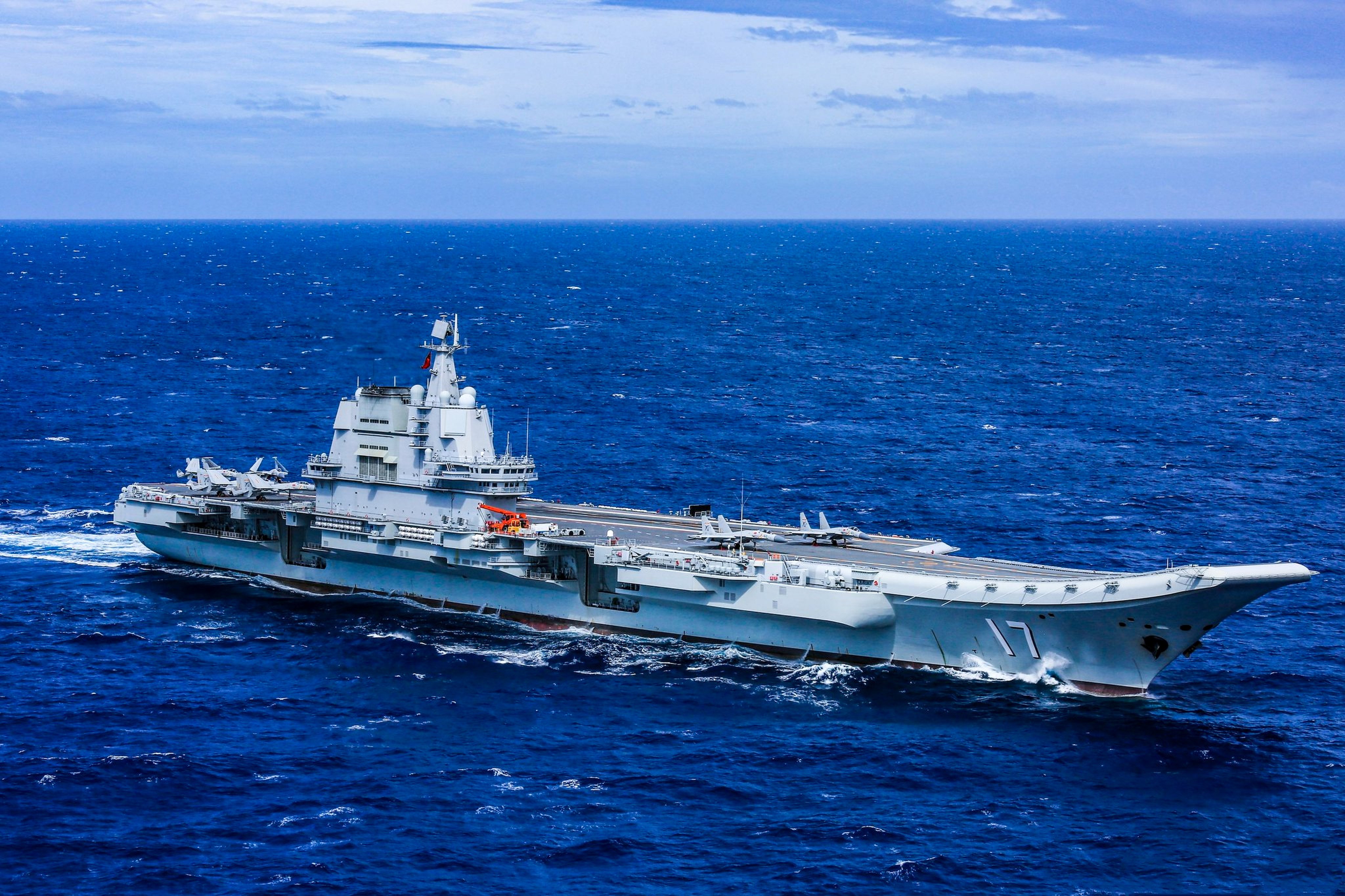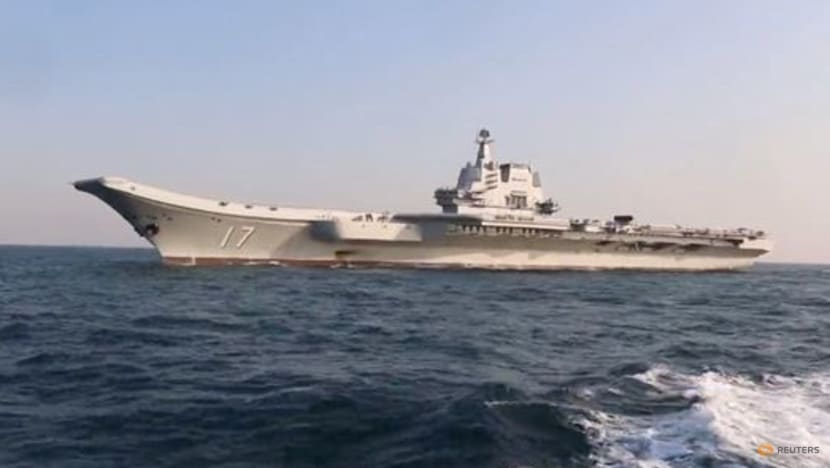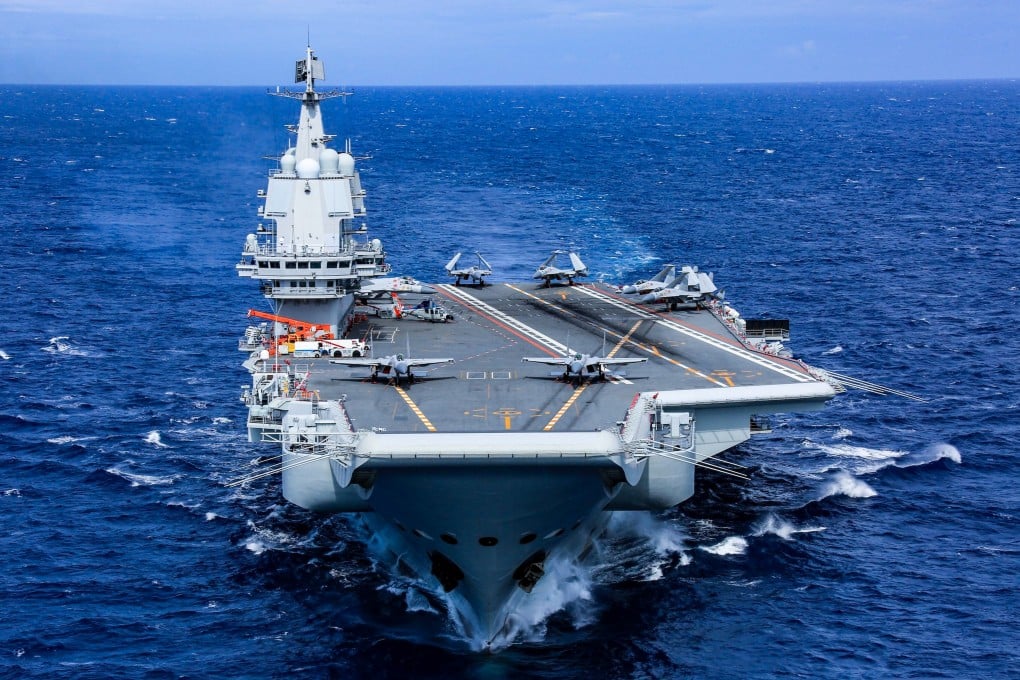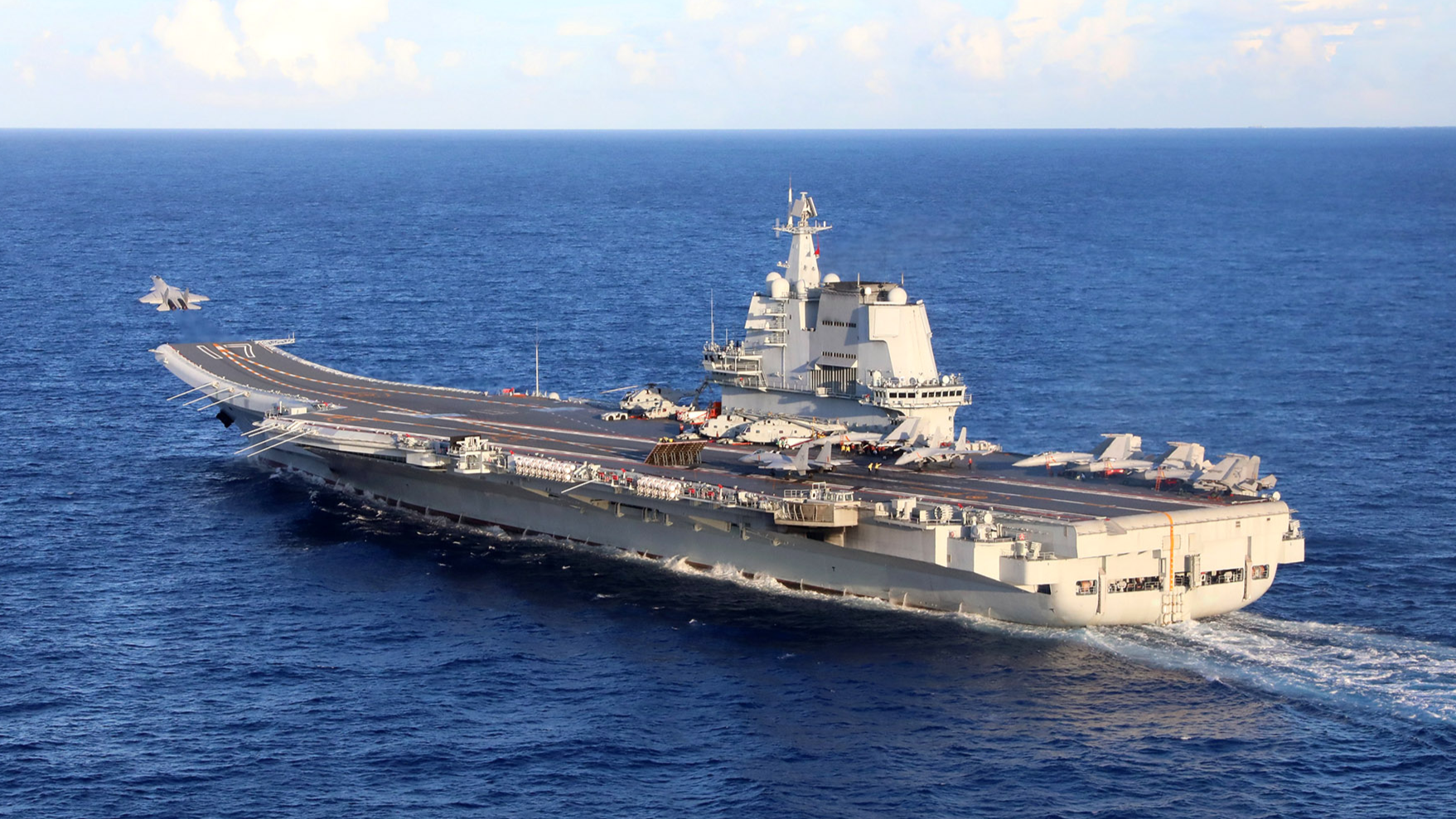Chinese Aircraft Carrier Shandong Makes Historic Port Call in Hong Kong
The arrival of China’s aircraft carrier Shandong in Hong Kong marks a significant maritime and diplomatic moment, highlighting the vessel’s strategic importance and regional presence. As a powerful symbol of China’s naval capabilities, the Shandong’s port visit represents more than just a routine naval movement.

The carrier’s presence in Hong Kong carries multiple layers of geopolitical significance. While the specific details of its visit were not extensively elaborated in the available documentation, the event underscores China’s growing maritime prowess and its commitment to demonstrating naval strength in the region.
Aircraft carriers like the Shandong are complex technological marvels, serving as mobile military platforms that project national power across vast maritime territories. These vessels are not merely ships but represent sophisticated floating military bases capable of launching aircraft, supporting extensive naval operations, and serving as critical strategic assets.

For Hong Kong, hosting such a significant naval vessel is more than a routine port call. It symbolizes the deep connection between the special administrative region and mainland China’s military infrastructure. The Shandong’s arrival likely involves careful diplomatic coordination, showcasing the intricate relationship between military deployment and diplomatic engagement.
The carrier’s visit also provides a tangible demonstration of China’s naval modernization efforts. Modern aircraft carriers represent significant technological achievements, requiring advanced engineering, complex logistics, and substantial national resources to develop and maintain. The Shandong, as a domestically constructed vessel, embodies China’s growing capabilities in naval shipbuilding and military technology.

While the specific operational details of the Shandong’s visit were not comprehensively detailed in the available information, such port calls typically involve a combination of diplomatic engagement, potential crew rest and resupply, and a subtle display of military readiness. These visits serve multiple strategic purposes, including maintaining naval presence, building international relationships, and demonstrating technological capabilities.
The maritime landscape of the Asia-Pacific region continues to evolve, with naval deployments like the Shandong’s visit playing a crucial role in understanding geopolitical dynamics. Each such movement represents a carefully calculated strategic decision, balancing diplomatic messaging with military preparedness.

For observers and analysts, the Shandong’s arrival in Hong Kong offers a glimpse into the complex interplay of military strategy, technological development, and diplomatic engagement. It highlights the multifaceted nature of modern naval operations, where a single vessel’s movement can carry significant symbolic and strategic weight.
As global maritime dynamics continue to shift, vessels like the Shandong will undoubtedly play increasingly important roles in shaping regional and international interactions. Their deployments are not just military movements but sophisticated expressions of national capability, technological achievement, and strategic positioning.
The port call serves as a reminder of the intricate connections between military technology, national strategy, and diplomatic engagement. It underscores the importance of understanding these complex interactions in an increasingly interconnected global environment.
While the specific details of the Shandong’s visit might seem technical to some, they represent broader narratives of technological advancement, national capability, and strategic positioning. Each naval deployment tells a story far beyond the immediate movement of a single vessel.












